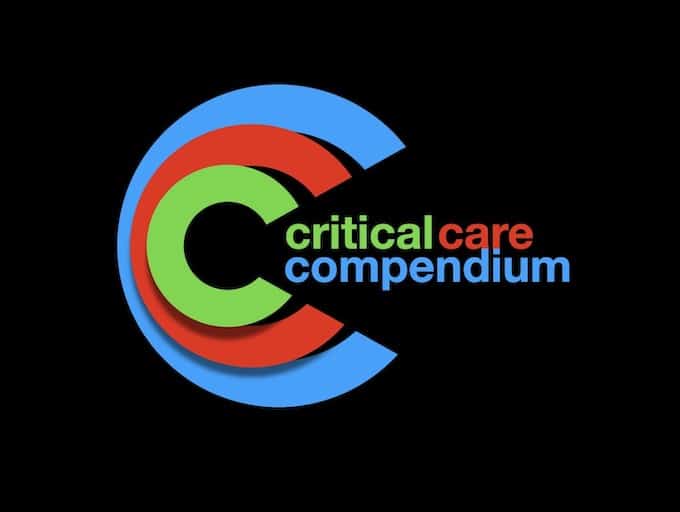
Charles Bertrand
Charles AHA Bertrand (1777-1849) was a French physician; Least recognised for his self-experimentation with charcoal as an antidote for ingested poisonings.

Charles AHA Bertrand (1777-1849) was a French physician; Least recognised for his self-experimentation with charcoal as an antidote for ingested poisonings.

Haemorrhage Control: Principles and Cognitive Aid Part 2. Specific Measures in Severe Bleeding

Haemorrhage Control: Principles and Cognitive Aid with Cliff Reid. Don't Let Your Patient Bleed to Death!

Cliff Reid starts us off on this series by looking at the patient that presents saying they are 'going to die' - "Angor Animi and Impending Doom".

Perimortem Caesarean section; Resuscitative Hysterotomy / Perimortem Caesarean Section. Primarily, may increase chances of maternal ROSC as it improves maternal cardiac output ~25%

Abnormal vaginal bleeding in the non-pregnant patient. Assessment, DDX and Management. Critical Care Compendium

Cerebral venous sinus thrombosis. August 2023 neuromaging cases and interpretation from the Carolinas Medical Center

Major Karl Connell (1878-1941) was an American surgeon, serviceman and inventor. Connell Mask, Connell Model, Connell Flowmeter, Connell Airway

Ivor Lewis (1895–1982) was a Welsh surgeon. Eponymously remembered for 1946 description of Ivor Lewis Oesophagectomy

Sister Mary Joseph (Julia Dempsey) (1856 - 1939) was an American Catholic nun, nurse, and hospital administrator. Sister Mary Joseph sign (1928)

William Edwards Ladd (1880-1967) was an American paediatric surgeon. The father of paediatric surgery. Ladd bands, Ladd operation, Ladd syndrome (1932)

Louis-Auguste Mercier (1811-1882) was a French urologist. Devised the coude catheter (Mercier catheter) with the tip at an angle (Mercier angle)